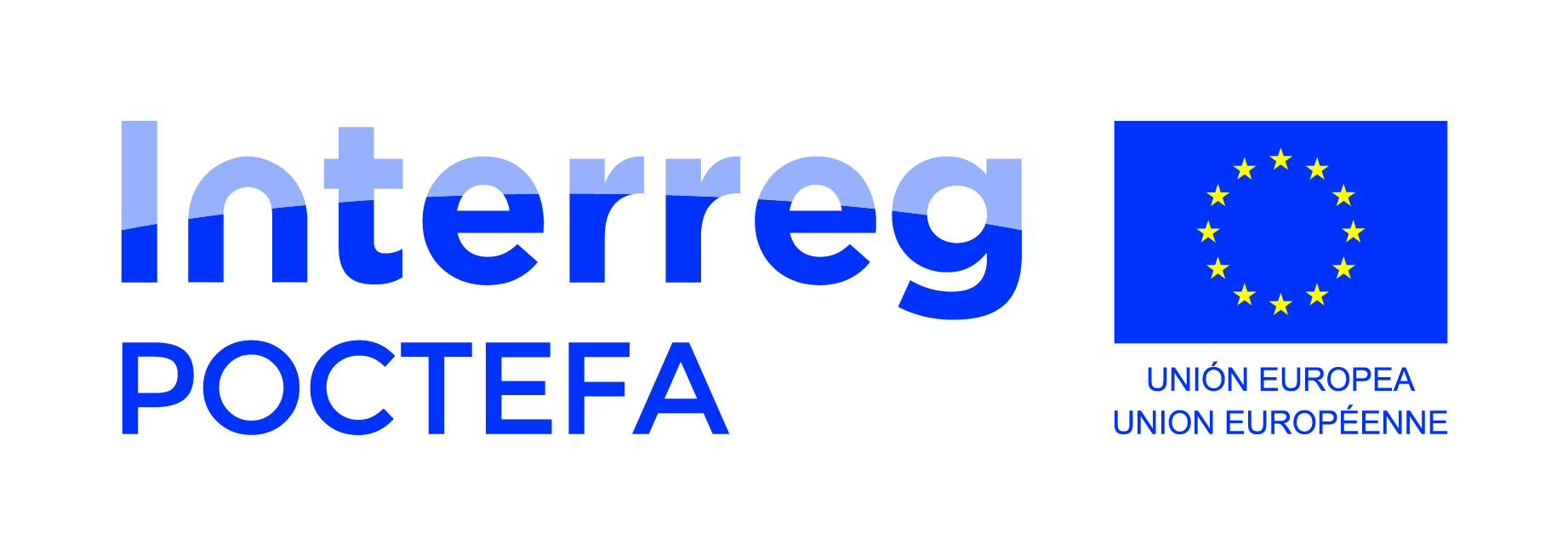
One of the objectives of the PIXIL project is to promote the development and cheapening of geothermal energy in the Trans-Pyrenean area and to bring together promoters of geothermal technologies and potential public and private customers. The aim is to expand the use of geothermal resource exploration technologies and to present successful use cases.
To this end the project develops actions to generate free software prototypes of geophysical imaging, focusing in particular on geothermal energy, resulting in the embryo of commercially competitive applications. It is also developing actions with the aim of generating a cross-border R&D exchange network in the field of geophysical imaging for subsurface characterisation. In this sense, the workshop “From science to praxis. Experiences employing geophysical methods to characterise geothermal anomalies” which will take place on 26 May will be a decisive action.
The development of geothermal energy is also the objective of other European or national, public and/or private projects, both in France and in Spain. However, in Spain, the development of geothermal energy, particularly deep geothermal energy, is lagging considerably behind other neighbouring countries. The causes of this delay are multiple and complex, and it is beyond the scope of this article to analyse them. However, there is no doubt that the lack of knowledge and use of the subsoil and also the lack of adequate legislation have been key aspects of this delay.
Apart from the historical problems that have caused Spain to lag behind Europe in the use of its geothermal resources, the most worrying and disappointing situation is that at the present time, when there is broad agreement on the need to seek strategies for energy transition and there are funds earmarked for this purpose, the administration is not giving the necessary impetus to geothermal energy. Thus, in the Recovery, Transformation and Resilience Plan that the government has presented to the European Commission, and which will guide the distribution of Next Generation funds in Spain, geothermal energy is largely absent. Various institutions, such as the Association of Geologists, have publicly expressed their disappointment, especially bearing in mind that months ago, when the bases for this recovery plan were being prepared, these institutions had expressed the urgency of making up for the delay accumulated in the development of geothermal energy in Spain. Furthermore, a call for R+D+i projects in public-private collaboration has recently been launched, with similar objectives to those of the aforementioned Plan, but geothermal energy is not mentioned in any of its 17 strategic lines. This is not the case for other renewable energies, such as photovoltaic and wind energy, which have been promoted by the administration over the years and will be again thanks to the recovery plan.
It is up to us, the agents committed to the development of geothermal energy, to analyse the unique situation in our country and to find ways to unblock it, such as greater dissemination of our actions and projects, as well as offering specialised training on the subject. We know that the Earth continues to give us its heat, so it is also up to us to persevere in our commitment, as there is already a long way to go that shows the viability and efficiency of geothermal energy.



